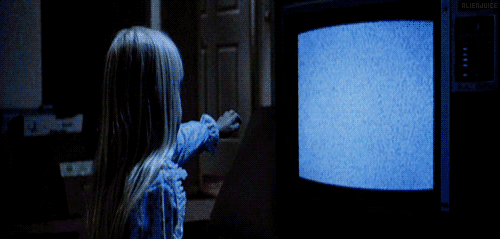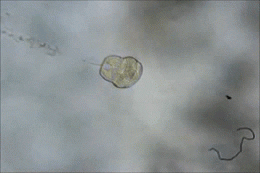What do you think?
Rate this book


368 pages, Hardcover
First published August 9, 2016


When Orson Welles said “We’re born alone, we live alone, we die alone,” he was mistaken. Even when we are alone, we are never alone. We exist in symbiosis—a wonderful term that refers to different organisms living together. Some animals are colonized by microbes while they are still unfertilized eggs; others pick up their first partners at the moment of birth. We then proceed through our lives in their presence. When we eat, so do they. When we travel, they come along. When we die, they consume us. Every one of us is a zoo in our own right—a colony enclosed within a single body. A multi-species collection. An entire world.Trying to map what it is to be a physical human being, in something like the Human Genome Project, is a daunting task. But our genes tell only part of our story, like a novel with a beginning and ending but no middle. That middle is taken up by the vast array of other life that exists within our bodies. While the guests we harbor may not necessarily be in league with Satan, they are a mixed lot. They mean us no harm, particularly, and we have evolved very workable symbiotic relationships with them, but they are not necessarily our friends either. They took up residence for their own benefit and will stick around and provide benefits to us only as long as we provide what they need, like that girl/boy friend you remember with gritted teeth.




…animals emerged in a world that had already been teeming with microbes for billions of years. They were the rulers of the planet long before we arrived. And when we did arrive, of course we evolved ways of interacting with the microbes around us. It would be absurd not to, like moving into a new city wearing a blindfold, earplugs, and a muzzle. Besides, microbes weren’t just unavoidable: they were useful. They fed the pioneering animals. Their presence also provided valuable cues to areas rich in nutrients, to temperatures conducive to life, or flat surfaces upon which to settle. By sensing these cues, pioneering animals gained valuable information about the world around them…hints of those ancient interactions still abound today.“It all depends.” As if life wasn’t complicated enough. Don’t you just love it when you are looking for help and the person you are asking responds with “It all depends.” And it really does, and it really will. What will be different, though, will be that your caregiver will have a much better idea than most caregivers can possibly have today. They will be able to look at a profile from a type of blood test and match potential solutions to the bacteria living in your gut, or wherever else in your two-legged bacteria condo might pertain. This knowledge is still in its infancy – at least a broad knowledge, but it is coming, and has the potential to make meaningful improvements in our health.
As microbiologist Patrice Cani told me, “The future will be a la carte.”
And in this a la carte future, we won’t have to stop at picking the right bacteria for the job. Some scientists are picking the right genes for the job, and combining them into artisanal bacteria. Rather than just recruiting species with the right abilities, they are tinkering with the microbes themselves to endow them with new skills.


”Rollin', rollin', rollin'
Rollin', rollin', rollin'
Rollin', rollin', rollin'
Rollin', rollin', rollin'
Rawhide
She rollin', rollin', rollin'
Though the streams are swollen
Keep them doggies rollin', rawhide
Through rain an' wind an' weather
Hellbent for leather
Move 'em on, head 'em up
Head 'em up, move 'em on
Move 'em on, head 'em up
Rawhide.”
"Patterson had read that pregnant women who incur serious infections, like flu or measles, are more likely to have kids with autism and schizophrenia. He thought that a mother's immune responses might somehow affect the development of her baby's brain. He just didn't know how.".......... "And they realised that Patterson's mice had gut problems in common with actual autistic children: both were likely to have diarrhoea and other gastrointestinal disorders, and both harboured unusual comunities of gut bicrobes. Perhaps, the duo reasoned, fixing those gut problems might also lead to changes in behaviour."
"Mice don't have autism, which is a human neurobiological construct shaped in part by social and cultural perceptions of what is considered normal. Is a mouse repeatedly burying a marble really like a child rocking back and forth? Is a lower frequency of squeaks the same as being unable to talk to other people? If you squint just so, the similarities jump out . Look again and and you might see parallels with other conditions.












